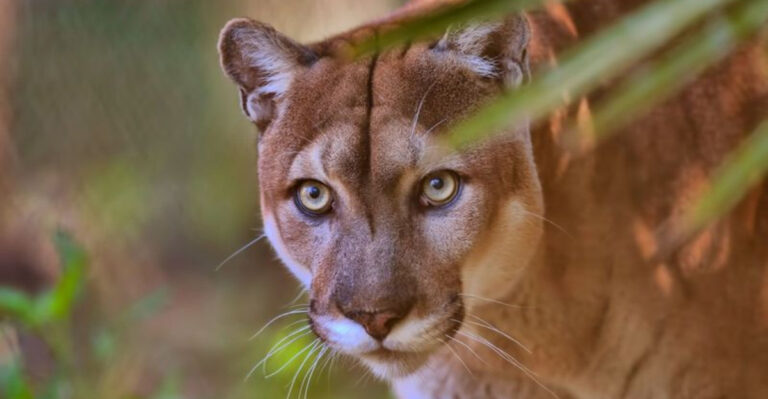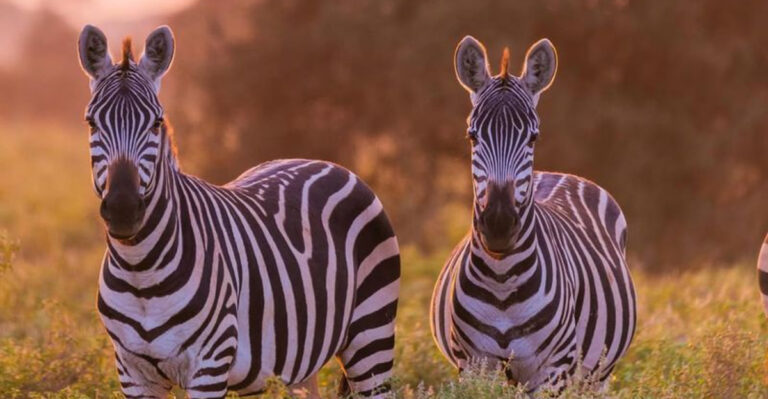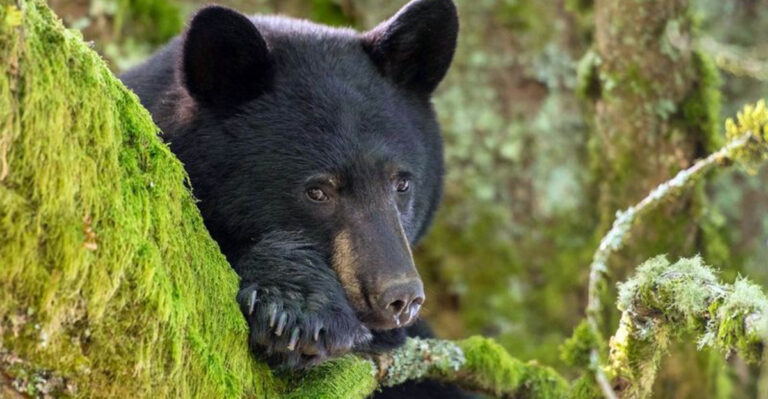The Battle For The Red Squirrels: Inside The Fight To Save A UK Treasure
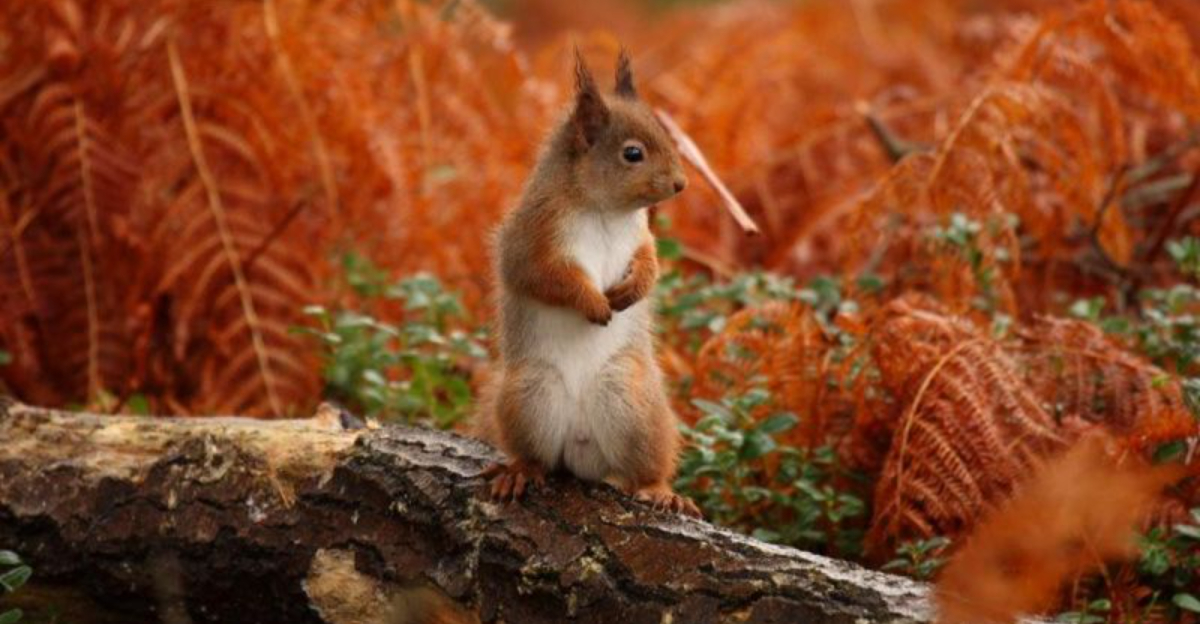
Hidden among the branches of Britain’s ancient woodlands, a silent struggle unfolds daily. The UK’s native red squirrel population has plummeted by over 95% since the 1950s, pushing these flame-furred acrobats to the brink of extinction.
Their fight for survival represents more than just one species – it’s become a symbol of the battle to preserve Britain’s natural heritage.
1. Why Red Squirrels Are Disappearing
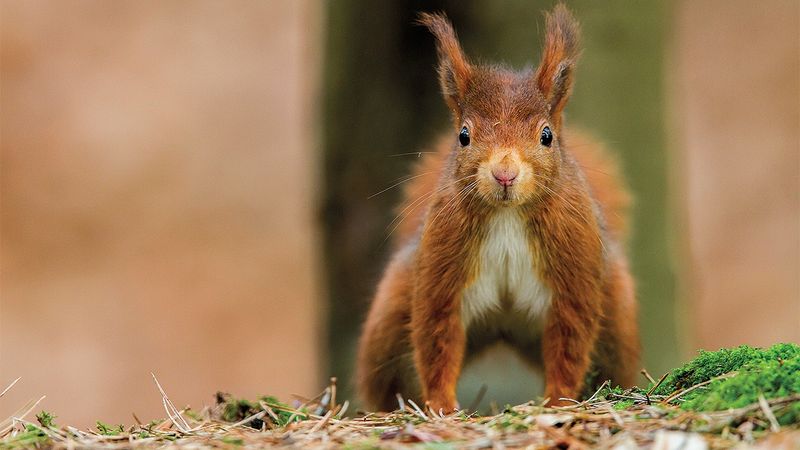
Once abundant across the British Isles, red squirrel numbers have crashed from 3.5 million to a mere 140,000 today. The decline happened with shocking speed.
Most surviving populations now cling to existence in isolated pockets of Scotland, with smaller groups in Wales and northern England. Without intervention, these fiery-furred creatures could vanish entirely from the UK landscape.
2. The Grey Squirrel Invasion
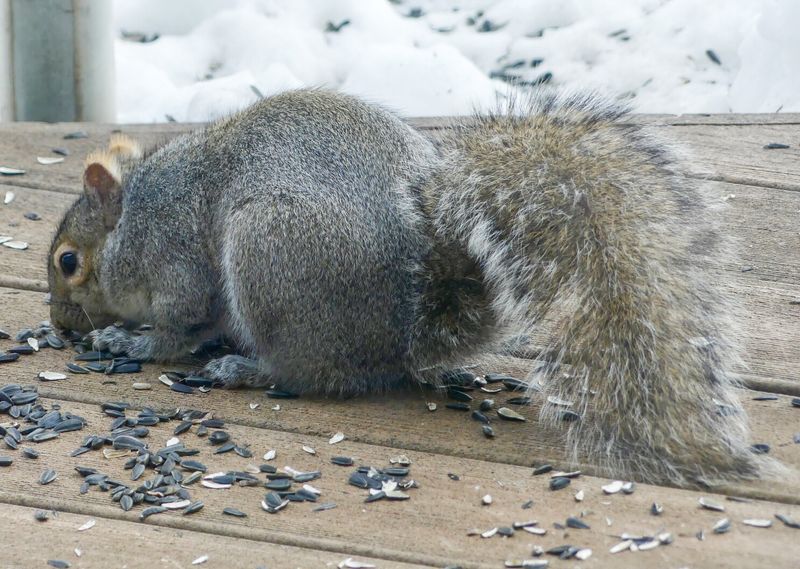
Brought from North America in the 1870s as fashionable additions to Victorian estates, grey squirrels quickly escaped into the wild. Nobody predicted the ecological disaster that would follow.
Weighing twice as much as reds, these robust invaders outcompete natives for food and shelter. They strip bark from trees and devour unripe nuts that reds would typically store for winter.
3. Red Squirrels Vs. Squirrelpox
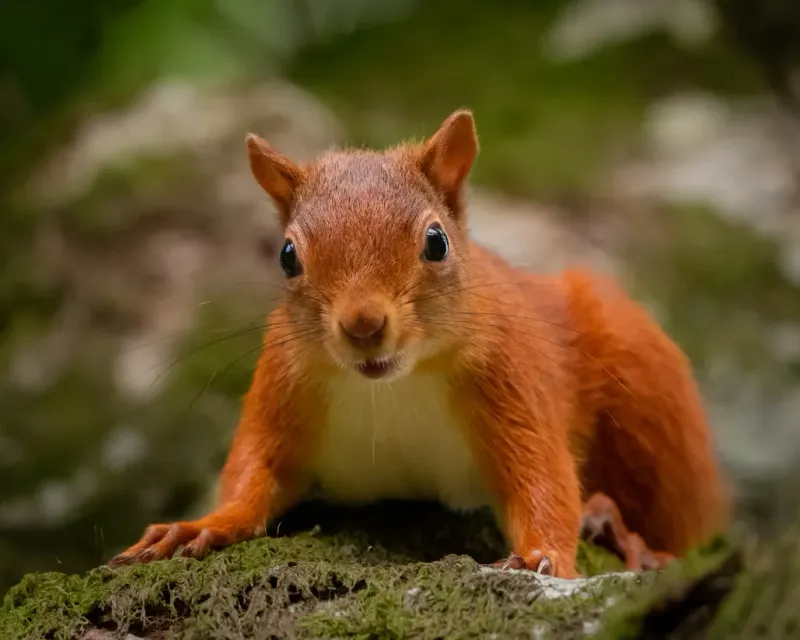
Squirrelpox strikes like a silent assassin. Grey squirrels carry this virus without symptoms, but it proves deadly to reds, causing facial swelling and painful lesions.
Infected red squirrels typically die within two weeks. A single diseased grey entering a red squirrel territory can trigger a devastating outbreak, wiping out local populations with frightening speed.
4. Where Red Squirrels Still Survive
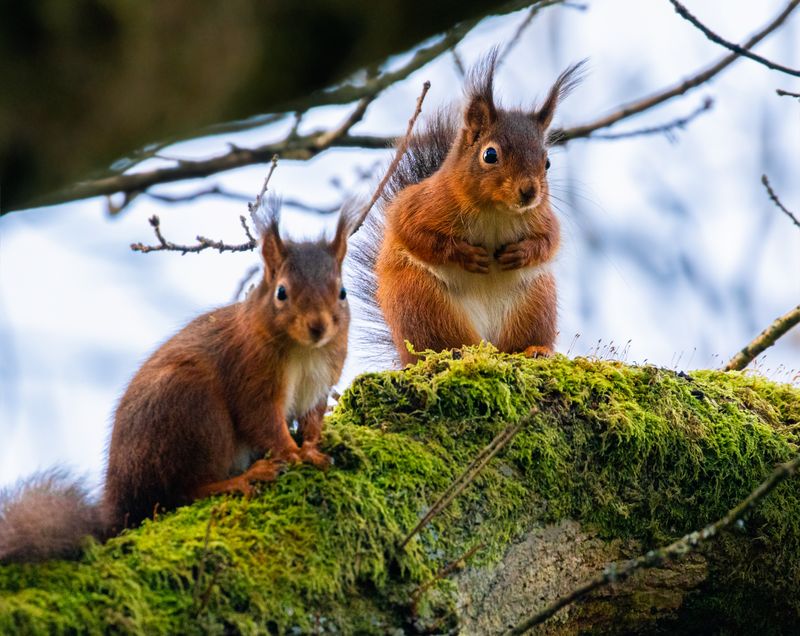
Sanctuary exists on islands like Anglesey, Brownsea, and the Isle of Wight. Here, surrounded by water barriers that prevent grey invasion, red populations flourish.
Northern strongholds include Kielder Forest, where vast pine plantations favor reds. Scotland’s Highlands shelter the UK’s healthiest populations, with approximately 75% of Britain’s remaining reds calling these rugged landscapes home.
5. Efforts To Restore Woodlands
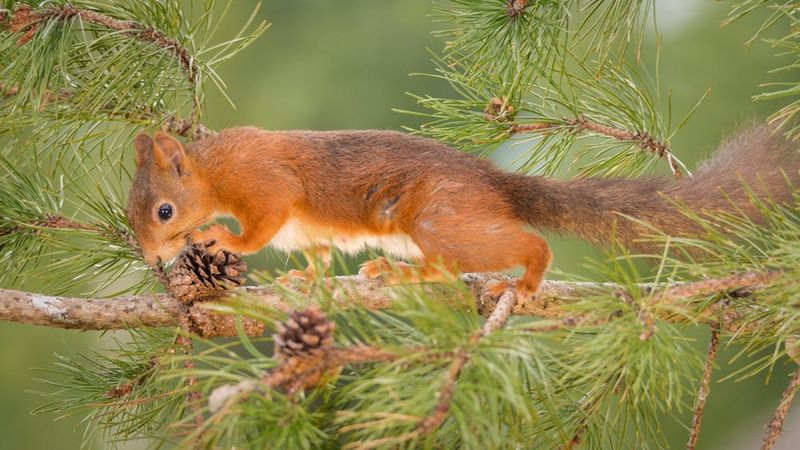
Forestry experts now champion diverse woodlands with hazel, rowan, and Scots pine – trees that produce seeds red squirrels prefer. These carefully planned habitats create natural advantages for reds over greys.
Woodland corridors connecting isolated patches allow safe travel routes. Pine martens, natural predators that preferentially hunt grey squirrels, are being reintroduced to restore nature’s balance.
6. The Role Of Conservation Groups

Grassroots warriors form the backbone of red squirrel protection. Organizations like Red Squirrel Survival Trust coordinate nationwide strategies while local groups patrol woods, monitor populations, and maintain feeders.
Wildlife charities fund research into vaccines against squirrelpox. Their persistent lobbying has pushed government agencies to recognize reds as a priority species deserving special protection measures.
7. Public Support Makes A Difference
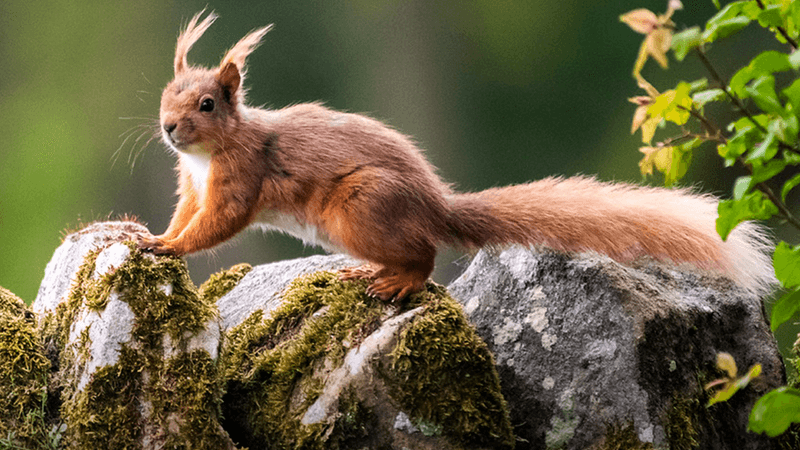
Celebrity champions like Prince Charles have spotlighted the plight of red squirrels, bringing crucial attention to their decline. His patronage of The Red Squirrel Survival Trust has boosted funding dramatically.
Tourism centered around squirrel spotting generates revenue for conservation while creating economic incentives for communities to protect their fiery-furred neighbors. Every visitor’s photograph helps document population changes.
8. Citizen Science Projects Helping Out
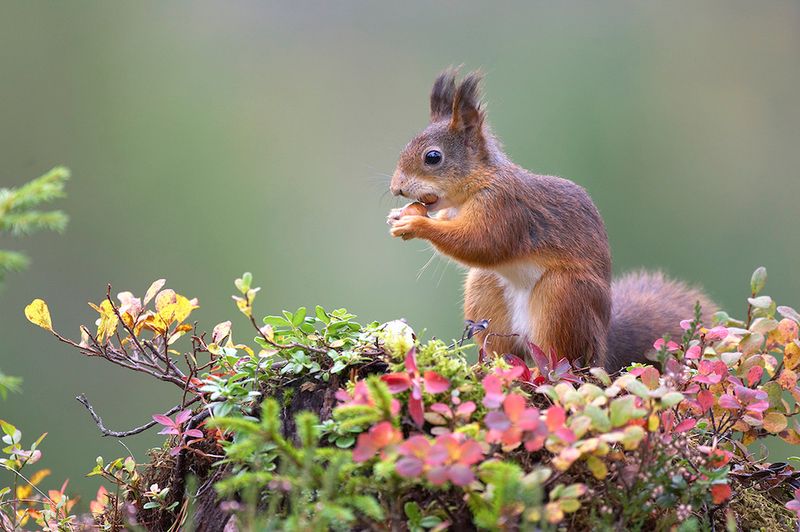
Smartphone apps transform everyday nature lovers into scientific contributors. Thousands of people record squirrel sightings, creating detailed distribution maps that guide conservation efforts.
Garden surveys during national “Red Squirrel Week” provide snapshots of population trends. Children participate through school projects, fostering a new generation of wildlife guardians committed to protecting these charismatic creatures.
9. Red Squirrels In Scottish Forests

Scotland’s vast Caledonian pinewoods provide ideal habitat where reds thrive among ancient trees. Specialized cone-eating adaptations give them advantages over greys in these northern forests.
Highland populations show genetic diversity crucial for long-term survival. Conservation zones established around these strongholds include intensive grey squirrel control programs and habitat enhancement, creating hope for the species’ future.
10. How Ireland Is Protecting Its Reds
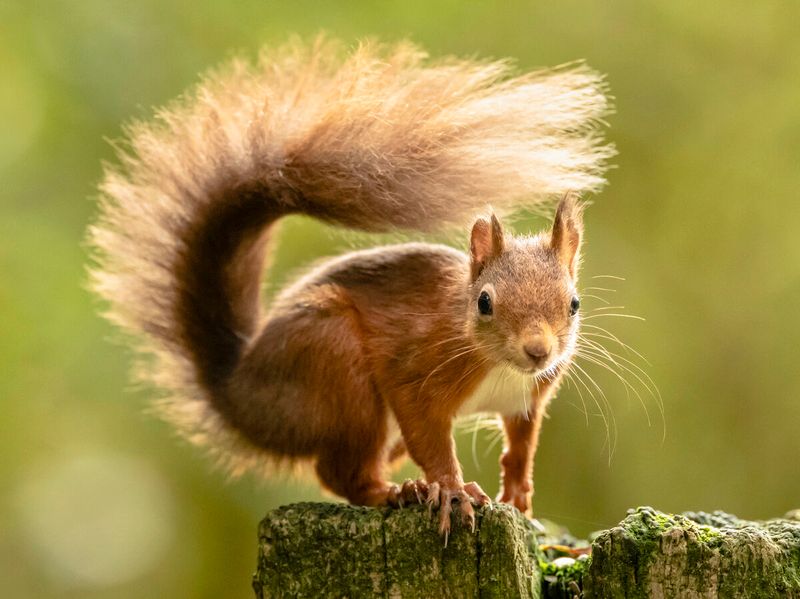
Across the Irish Sea, innovative strategies show promising results. Northern Ireland’s “Red Squirrels United” project creates buffer zones around key habitats, with volunteers conducting regular grey squirrel control.
Pine marten populations, naturally recovering in Ireland, provide unexpected allies. These native predators hunt grey squirrels more successfully than reds, creating natural balance without human intervention.
11. What You Can Do To Help

Ordinary gardens become squirrel sanctuaries with simple changes. Planting hazel, rowan, and crab apple creates food sources that reds prefer.
Reporting sightings of both red and grey squirrels helps track populations. Volunteer opportunities abound, from monitoring feeders to participating in woodland management days.
Even spreading awareness through social media helps the cause.
12. Laws Supporting Red Squirrel Safety
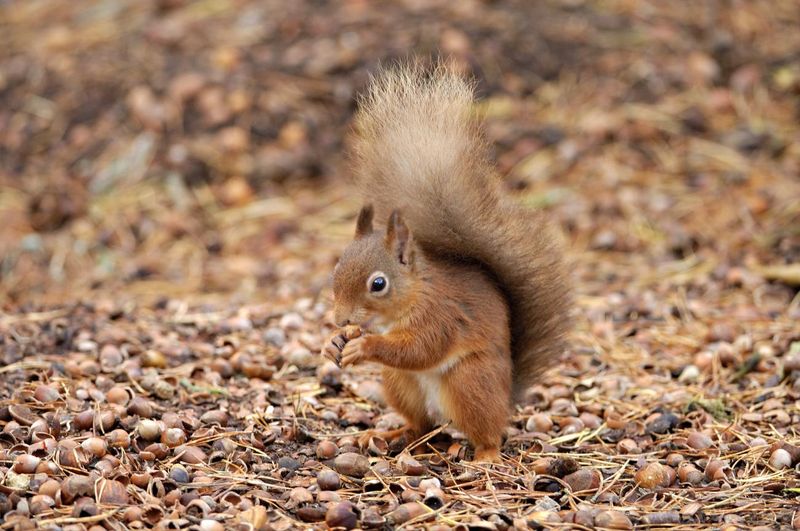
Legal protections form a shield around vulnerable populations. The Wildlife and Countryside Act makes it illegal to intentionally kill, injure or capture red squirrels or damage their nests.
Special conservation orders create safe zones where grey squirrel control is mandatory. These regulations reflect growing recognition that preserving native wildlife requires active management.
13. Why Native Species Matter
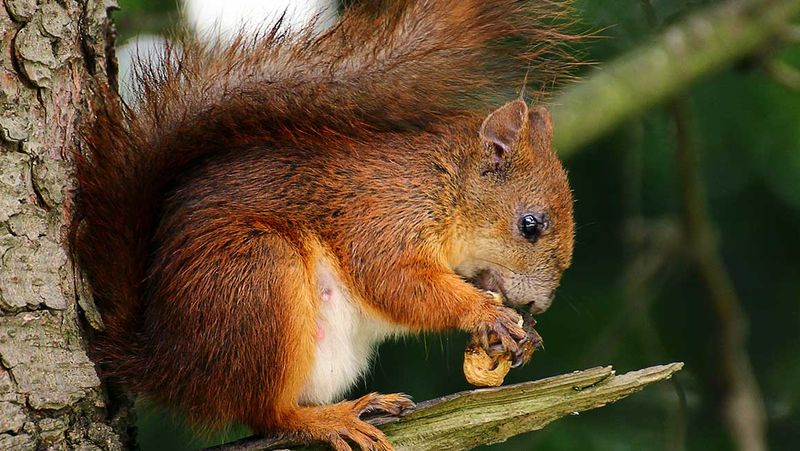
Red squirrels shaped British woodlands over thousands of years. Their seed-caching habits plant future forests – forgotten nuts become tomorrow’s trees.
As woodland architects, they create habitats benefiting countless other species. Their presence indicates healthy, functioning ecosystems. Beyond practical benefits, these charismatic creatures connect people emotionally to nature, inspiring conservation beyond just one species.
14. A Symbol Of British Wildlife Heritage
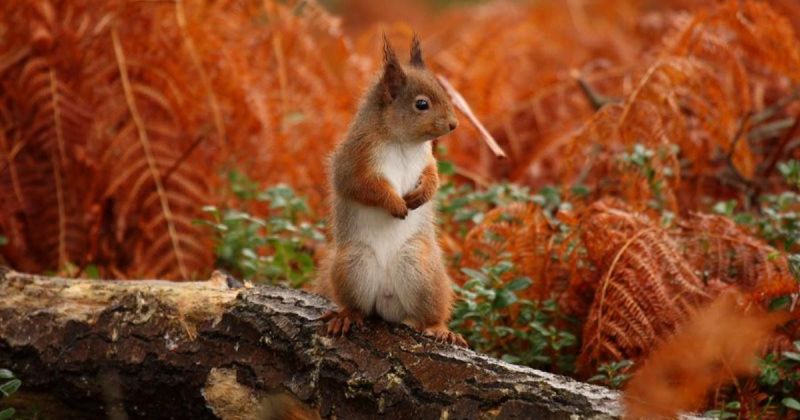
Woven through British culture for centuries, red squirrels appear in everything from Beatrix Potter’s tales to medieval manuscripts. Their distinctive silhouette adorns countless nature reserves and conservation logos.
More than just animals, they represent a connection to Britain’s wild past. Their survival speaks to deeper questions about what we value and which parts of our natural heritage we choose to preserve.




